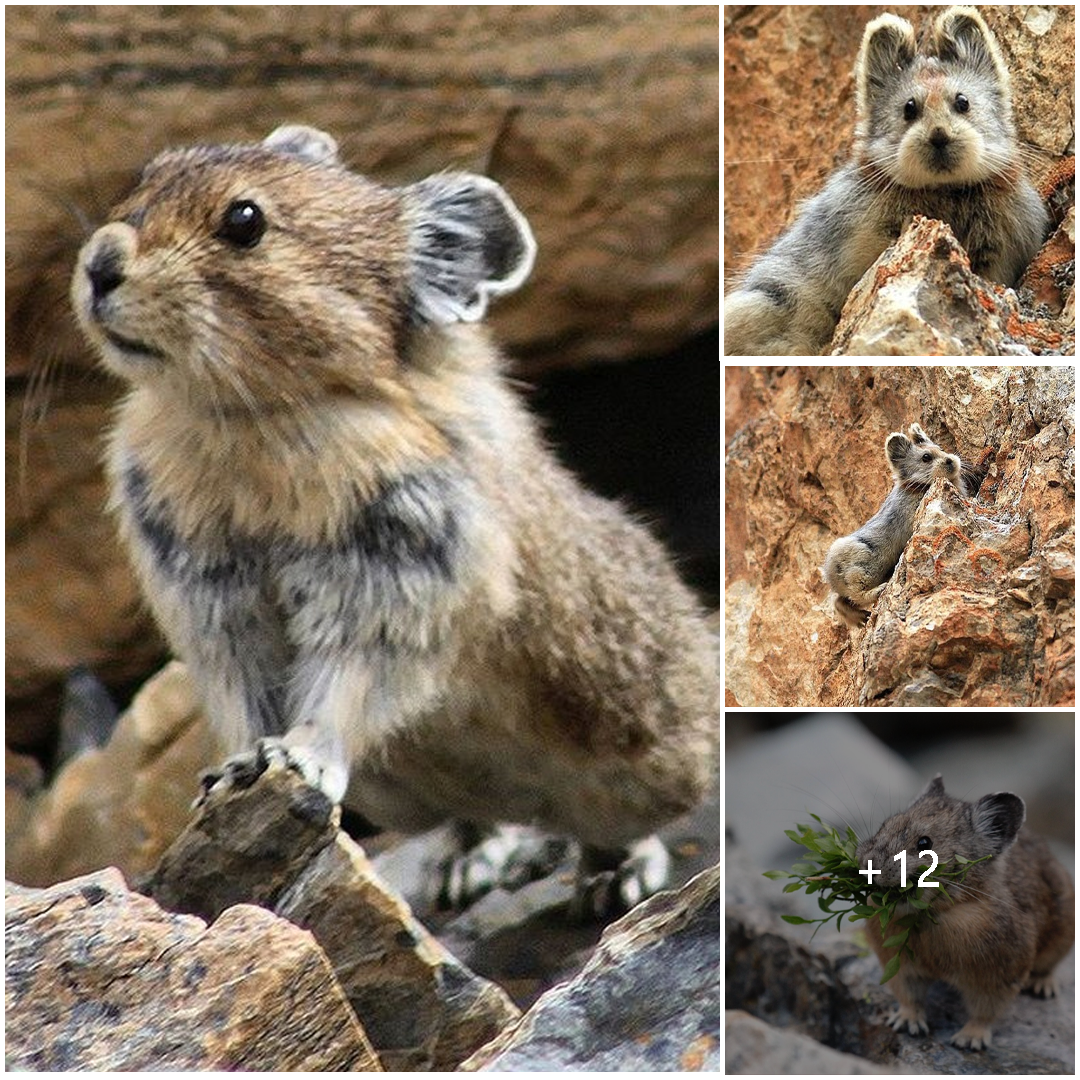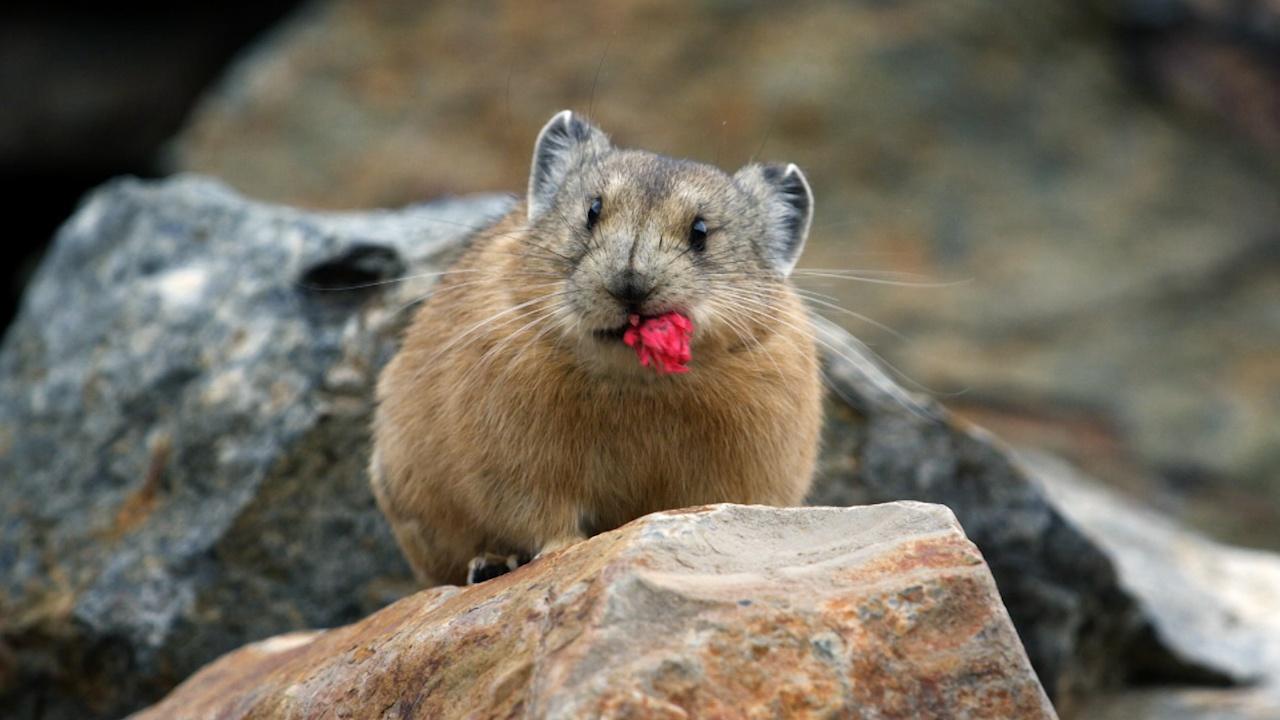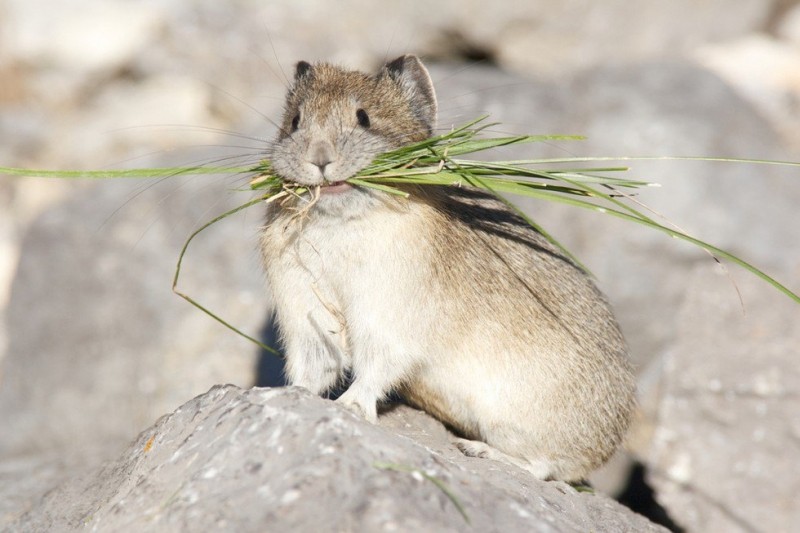
The Pika: A Small Yet Mighty Mountain Hare
Nestled among the rugged landscapes of mountainous regions worldwide, the Pika stands as a symbol of resilience and adaptation in harsh environments. Despite its diminutive size, this small mammal plays a crucial role in alpine ecosystems, serving as both prey and predator while capturing the hearts of nature enthusiasts with its endearing appearance and unique behaviors.
A Closer Look: Understanding the Pika’s Characteristics
The Pika, a member of the Ochotonidae family, resembles a compact rabbit with round ears, short limbs, and a distinctive, short tail. Its dense fur provides insulation against the cold, while its small size allows it to navigate rocky terrain with agility and precision. Pika species vary in coloration, ranging from gray and brown to reddish-brown, enabling them to blend seamlessly into their rocky habitats.
Habitat and Distribution: Scaling the Heights of Alpine Environments
Pikas are primarily found in mountainous regions across North America, Asia, and parts of Eastern Europe. They thrive in habitats characterized by rocky slopes, talus fields, and alpine meadows, where they build intricate burrow systems for shelter and protection against predators. Their ability to withstand extreme temperatures and harsh conditions makes them well-suited to life in high-altitude environments.

Ecological Role: Guardians of the Alpine Ecosystem
Despite their small size, Pikas play a vital role in alpine ecosystems as herbivores and prey species. They graze on a variety of vegetation, including grasses, herbs, and shrubs, contributing to nutrient cycling and plant diversity in their habitat. Additionally, Pikas serve as a food source for predators such as foxes, weasels, and birds of prey, thus playing a crucial role in the intricate web of mountain ecology.
Challenges and Conservation: Navigating a Changing Climate
Pikas face numerous challenges, including habitat loss, climate change, and predation by introduced species. As temperatures rise and snowpack diminishes in alpine regions, Pikas are forced to migrate to higher elevations in search of cooler temperatures, leading to habitat fragmentation and isolation. Conservation efforts focused on habitat protection, climate change mitigation, and public awareness are essential for ensuring the long-term survival of this charismatic mountain hare.
Cultural Significance: Folklore and Traditions
In various cultures, Pikas are revered as symbols of endurance, perseverance, and adaptability in the face of adversity. In Tibetan folklore, Pikas are believed to possess supernatural powers and are revered as guardians of the mountains. In modern times, Pikas continue to capture the imagination of people worldwide, inspiring admiration and respect for their tenacity and resilience in the harshest of environments.
In Conclusion: Celebrating the Resilience of the Pika
The Pika stands as a testament to the resilience and adaptability of wildlife in mountainous regions worldwide. As stewards of the earth, it is our responsibility to protect and preserve these iconic creatures, ensuring that future generations may also marvel at their beauty and grace amidst the towering peaks and rocky slopes of the alpine landscape.






